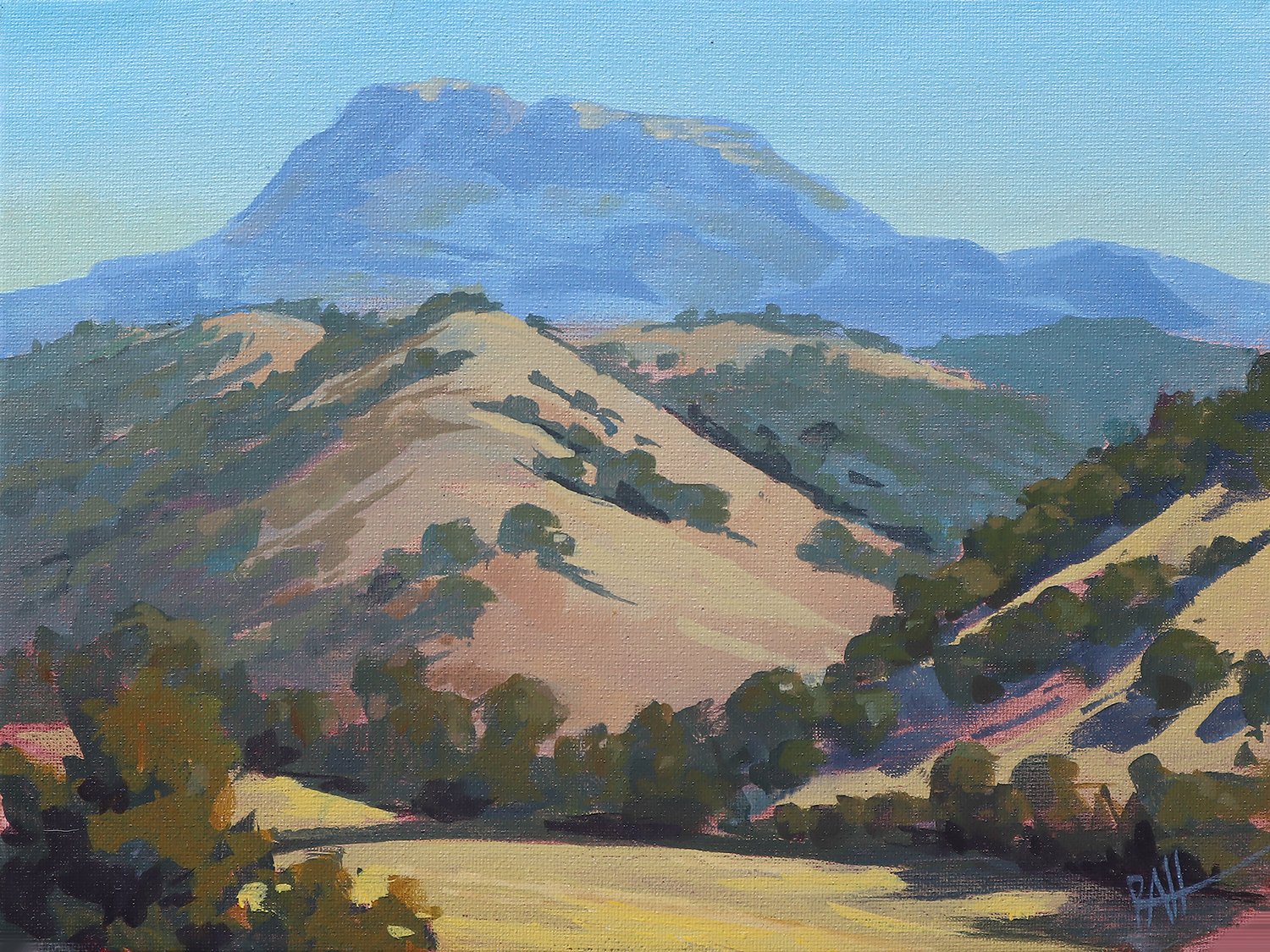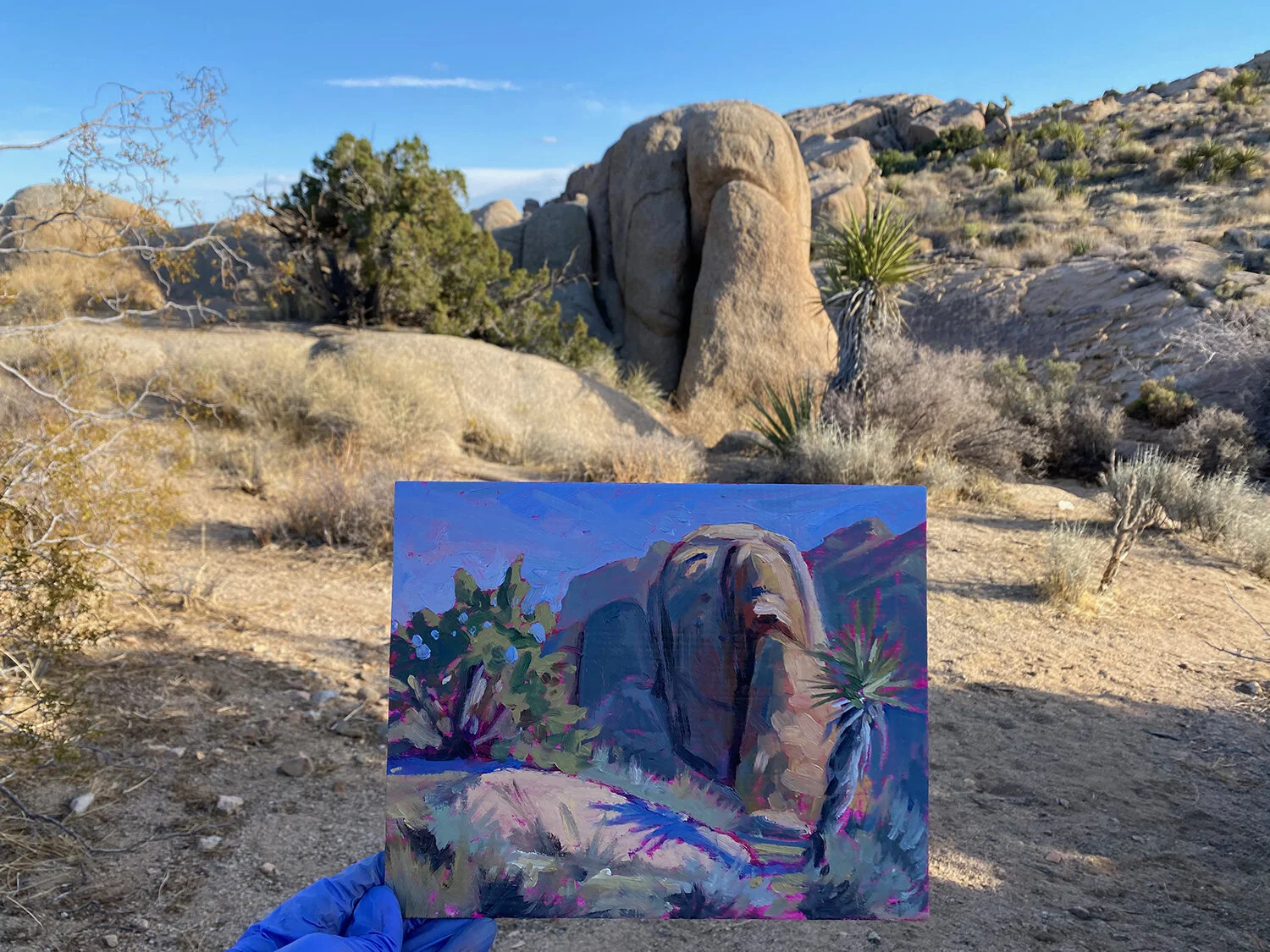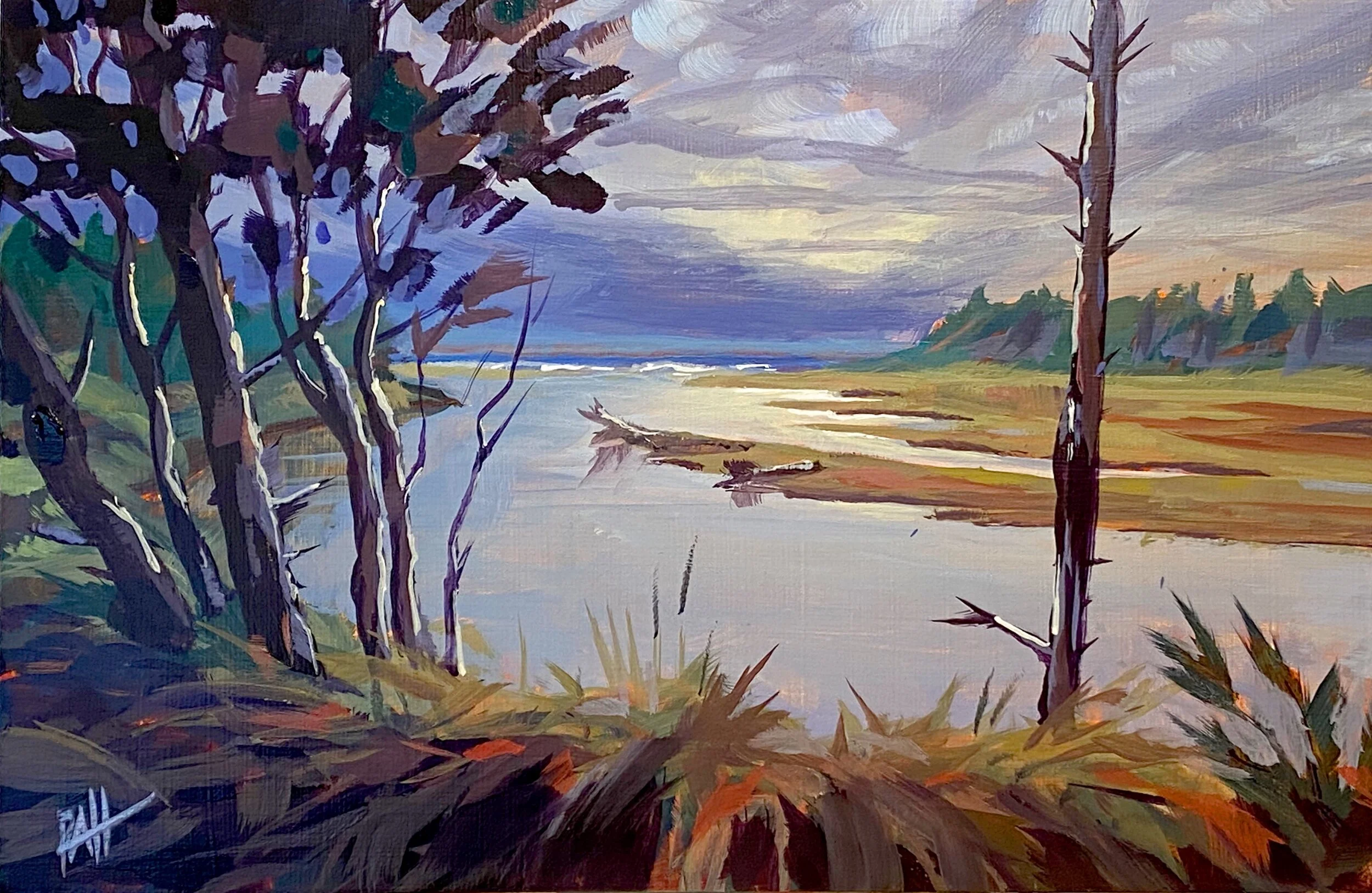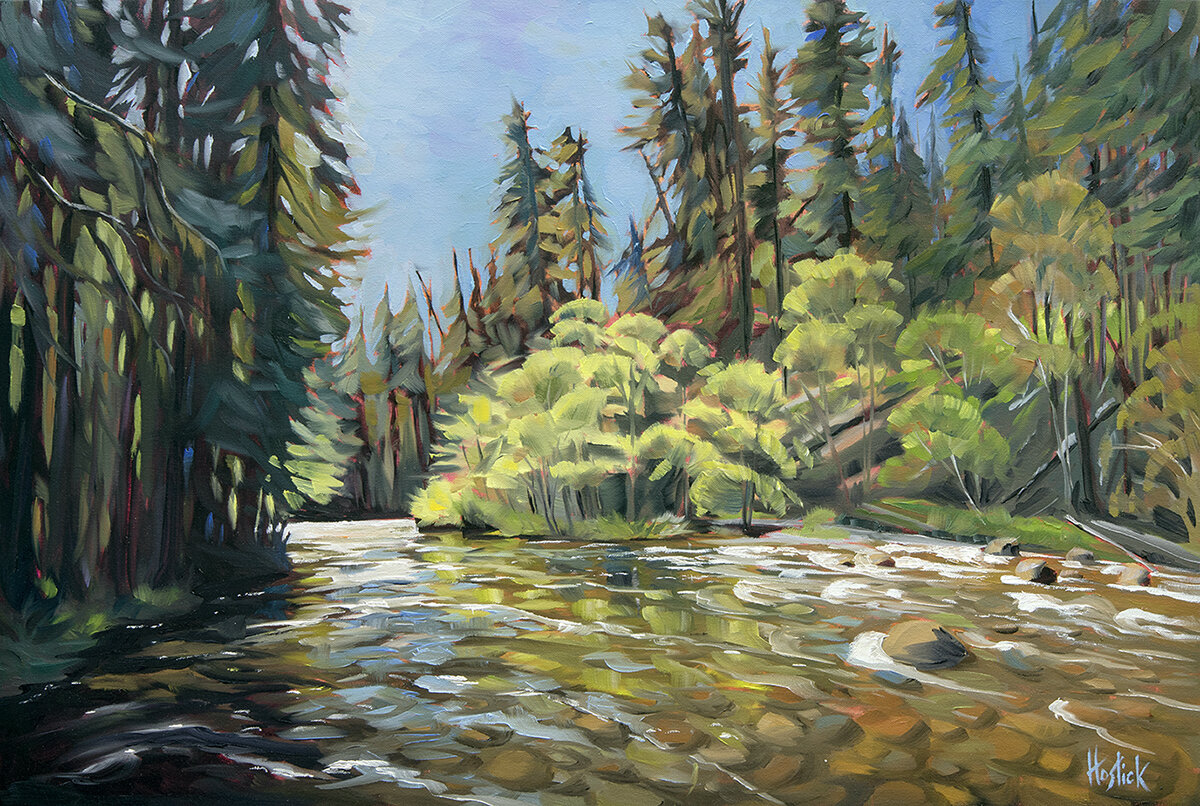Maybe you know the feeling: you show up to a beautiful, wild place you’ve been dying to see, or perhaps you’re returning full of anticipation for another visit, and reality sets in. It turns out there are a lot of other people with the same idea. Wow, you think. On the one hand, yay for all the people loving the outdoors! On the other hand, you might be looking for a more one-on-one experience with nature. How do you deal?
I know there are different schools of thought on this, but as for me, I’m conflicted.
Some places are popular for a reason, after all. Here in Oregon we’re super lucky to have so many wild, publicly owned landscapes to choose from. It almost seems endless. Almost.
I won’t bore anyone with the “good old days” stories … well OK, just one. Back in the college days I used to raid the University of Oregon geography library and photocopy USGS quadrangle maps to suss out the backcountry trails. These were marked as telltale dotted lines traversing non-dotted contour lines. I had only a vague idea what the place was like other than what I could guess from the shape of the land. After hours of driving and many more hours of hiking, I knew.
There was no substitute for that kind of first-hand exploration. Unless, of course, you were connected to what was then a tiny cadre of rugged outdoors people who had been there before you. I was not. I kind of had to become one myself, I suppose, although all the others were way more rugged than I was. Or so I imagined them to be.
For this and other reasons, we usually had the wilderness more or less to ourselves. Crowds were almost never a thing, or were limited to a few well-known locations on holidays.
In the late 90s, things got a lot easier after an incredibly intrepid Eugene resident named William (Bill) Sullivan began writing some of the best hiking guide books ever. There followed an explosion of guide books of all kinds touting the glories of the wilds, complete with photos and maps and survival tips. For me and my family, this opened up a world of possibility that, as you might point out, already existed but was way harder to find and access.
Nowadays that all seems rather quaint. Flipping through an actual book! So last century, right?
Like most other people, I now use an app on my extremely powerful and expensive pocket computer (a.k.a. “phone”) to navigate anywhere on the globe. Literally anywhere. For example, we were recently able bushwhack through mountains in southern Spain, confident in finding our way back to civilization. When we encountered another person, usually a local, I couldn’t help but feel a twinge of guilt at our presence there, an unlikely event but for the technology in my pocket. But why?
It’s a joy to have such freedom and access to information AND beautiful places. Is there any reason, other than a sense of nostalgia, to feel otherwise?
Perhaps. It’s now so easy to get out in the wilds that there are a lot more people doing it. Yes, there are also just a lot more people in general, including a huge generation of social media natives that all “hit the trail” in a five-year window. Boom! Cue the sudden explosion of nature love and adventure lifestyle mania. Plus we now have the most awesome outdoor gear you could imagine: lightweight, strong, and cheap. Well, lightweight and strong, anyway.
All of this is truly wonderful, especially if you think of all these people leading healthy lives as potential supporters of conservation and environmental ethics. Nevertheless, there are impacts.
As some of you probably know, several national forests in Oregon, for example the Willamette National Forest, recently instituted strict access regulations in certain high-use areas. It’s now a first-come-first-served online sign up craze. The problem with this kind of system is that you a) have to plan ahead, b) might not get a permit, and c) have to be ready to reserve the minute new permits are released. Sigh. Add spontaneous wilderness weekends to the “good old days” list.
The problem with NOT having this kind of system is that the backcountry gets loved to death (and, the crowds are worse). I get it. And, as one ranger recently confessed, it’s also about the unprepared folks who just head out on a lark and get in trouble. The system protects people by raising awareness of risks and protects the resource by reducing overuse. And presumably lowers the cost and effort of serial backcountry rescues. Or so the logic goes.
Perhaps by now you’re sensing why I feel conflicted. If this seems like a bit of a wistful journal post, I suppose it is. The great outdoors are such a part of my shared life experience that I’m acutely aware of these changes. And at the same time I wish everyone could have the kinds of experiences I’ve been lucky enough to have.
But there’s hope. Yes, I’m finally getting to the crowd dodging part.
First, as Yosemite Sam famously said, “If you can’t beat em, join em!” Dubious advice, but in this case perhaps applicable. I’ve chosen to adopt an attitude (atti-dude) of camaraderie and mutual appreciation on outdoor adventures. After all, most of us are there for the same reason. Chances are, you have a lot in common, so why not be friendly and excited to be out there?
Second, get lost. Not really, but kind of, in the sense that there are a lot of beautiful places out there waiting to be explored. Many aren't in the guide books. Even near popular destinations there are often trails and places that are quiet and out of the way. The best views of a mountain, I might add, are not always found on the mountain itself.
Third, timing is everything. We once explored several Southwest US national parks (this was a few years ago) during high season. It was a zoo. Even so, we managed to dodge the crowds by heading out before dawn in the morning, relaxing during the heat of the day, and heading back out after everyone else went back to camp for dinner. This strategy offered the added benefit of allowing us to be out in beautiful places in the best light.
Finally, and this may be somewhat unique to an artist, you can re-create the landscape how it feels best to you and leave out the rest. I started doing this with landscape paintings in the early 2000s to bring nature into my daily life the way I experienced it. I suppose I’m still at it.
Take our recent visit to Smith Rock. As it turned out, we explored the park for several hours on a late Saturday evening in mid summer and crossed paths with hardly any other people on the trails. Like maybe five total. It was especially lovely because it was unexpected. The title painting “Smith Rock at Monkey Face” reflects one of the dreamy, memorable views we enjoyed.
There are plenty of other ways to dodge the crowds: you can explore in the off season, during the week, or in the rain; bite the bullet and reserve those permits in advance; or maybe above all, simply update your expectations. Sometimes you get lucky and find solitude. And sometimes you make new friends.
Speaking of which, we met a ton of awesome art lovers at the Salem Art Fair a few weeks ago. Huge thanks to the new collectors! There were good vibes, great conversations, and one bona fide happy dance. It was a fabulous show.
If you’re in Central Oregon this weekend, we’re headed back to the Sunriver Art Fair. Three new paintings including Smith Rock will be officially released at the event (but are available to you subscribers now). We had a great time last year and met a ton of awesome people. We’ll see what this year brings! August 12 - 14 in the Sunriver Village. Here’s the lowdown.
Later in August I’ll be heading south for the Umqua Plein Air Event, a week-long painting jamboree with a juried show at the Umpqua Valley Arts Center August 27 - October 28. More info here.
Finally, I have an invitation to join the 49th Annual Corvallis Fall Festival on September 24 - 25. This is another first-time event for me, and I’m looking forward to it. I hear great things. Details here.
Best wishes on your summer explorations, wherever they take you.
































